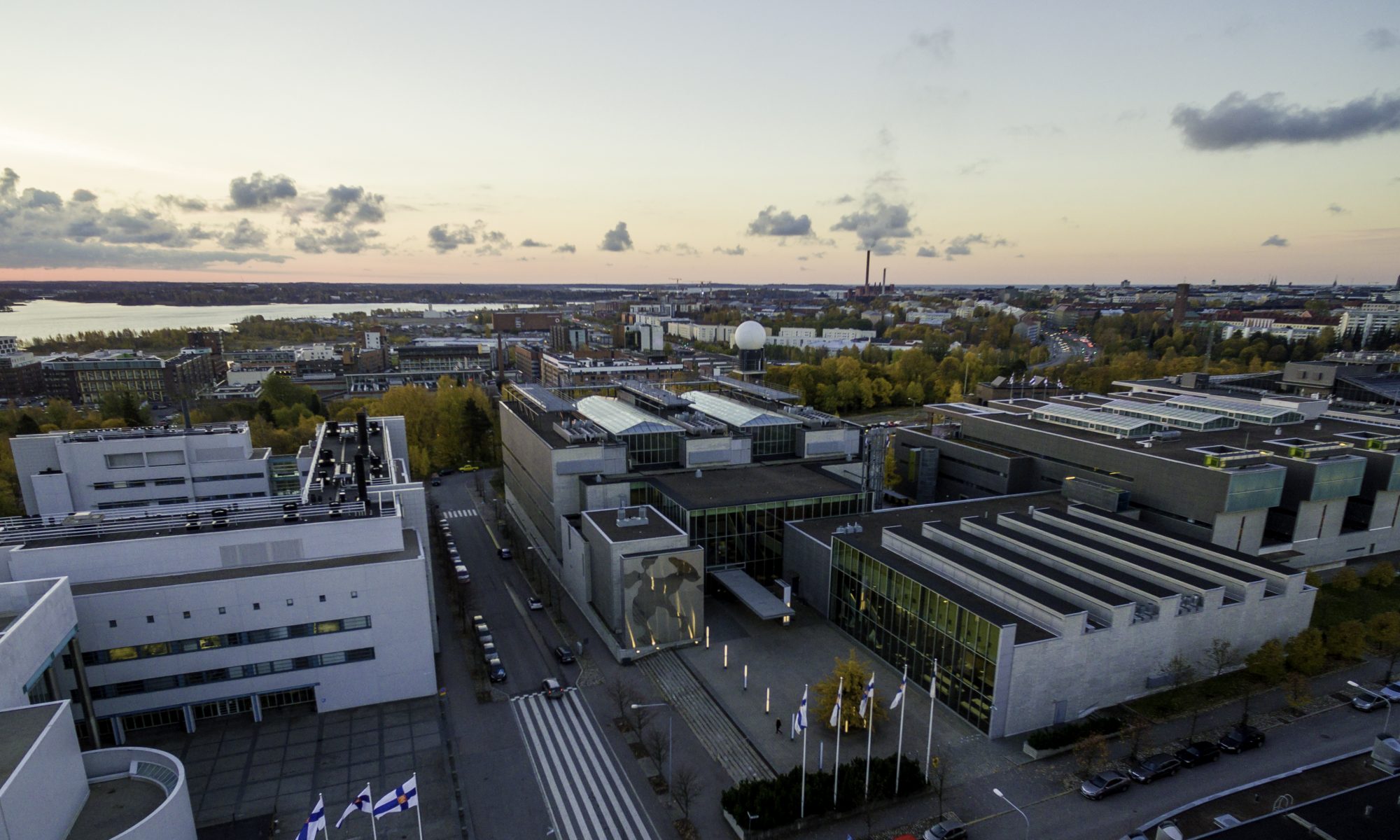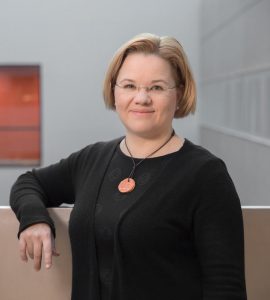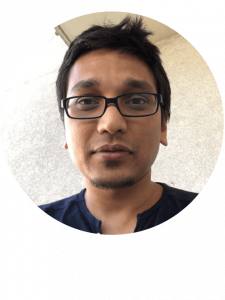
Our next online Physics Colloquium for this autumn season will take place on Friday, October 22nd. Our speaker will be Andrzej Kotarba from the Jagiellonian University in Kraków, Poland, who will present his research on nanomaterials and biotechnology.
Andrzej Kotarba is full professor at the Faculty of Chemistry of the Jagiellonian University. He set up the Materials and Surface Chemistry Group at the Jagiellonian University in 2005. The research carried out in the group is focused on the processes taking place at the solid/gas and solid/liquid interfaces, with the aim to apply the acquired knowledge in designing surfaces with desired properties and functionalities. It includes the preparation and characterization of model carbon-based surfaces, catalysts and biomaterials and involves interdisciplinary studies at the border of chemistry, nanobiotechnology and materials science. Andrzej is also an editor of Applied Surface Science.
In this colloquium, titled A new paradigm in the fabrication of functional nanomaterials: let bacteria do the job, Andrzej will describe how microorganisms could be utilised in materials science.
The event will be held on Friday 22.10.21 at 14:15, on Zoom (Meeting ID: 621 4476 0356 – Passcode: 781892).
Here is his abstract:
Despite dynamic progress, the art and science of functional material preparation still remain centre stage. The innovatively prepared materials using nonpathogenic bacteria to capture nanoparticles and deposit them on various supports by leveraging the microbial “race for the surface” is proposed. It is demonstrated that bacteria are effective biocarriers for the capture, transport, and controlled dispersion of nanoparticles on support surfaces. Next, the bacteria are effectively removed with oxygen plasma or transformed into a carbon film of various compositions and morphologies. The conceptual proposal is substantiated by a feasibility study showing successful preparations of various functional materials via the use of microorganisms.

 Our first online Physics Colloquium for this autumn season will take place on Friday, September 17th. Our speaker will be Minna Palmroth, who will talk to us about the recent discovery of a new auroral form, enabled by citizen scientists.
Our first online Physics Colloquium for this autumn season will take place on Friday, September 17th. Our speaker will be Minna Palmroth, who will talk to us about the recent discovery of a new auroral form, enabled by citizen scientists. nline Physics Colloquium for this spring season will take place on Friday, May 7th. We will have an inaugural lecture to be given by Emilia Kilpua, who recently got promoted as Full Professor in our department.
nline Physics Colloquium for this spring season will take place on Friday, May 7th. We will have an inaugural lecture to be given by Emilia Kilpua, who recently got promoted as Full Professor in our department.
 loquium for this spring will take place on Friday, March 5th. We will have a presentation to be given by Manohar Kumar, whose recent work in the field of quantum physics was featured on the front cover of Science. In this colloquium, titled Mystery particle anyons finally revealed their identity in a particle collider, Manohar will talk about the discovery of the nature of anyons.
loquium for this spring will take place on Friday, March 5th. We will have a presentation to be given by Manohar Kumar, whose recent work in the field of quantum physics was featured on the front cover of Science. In this colloquium, titled Mystery particle anyons finally revealed their identity in a particle collider, Manohar will talk about the discovery of the nature of anyons.